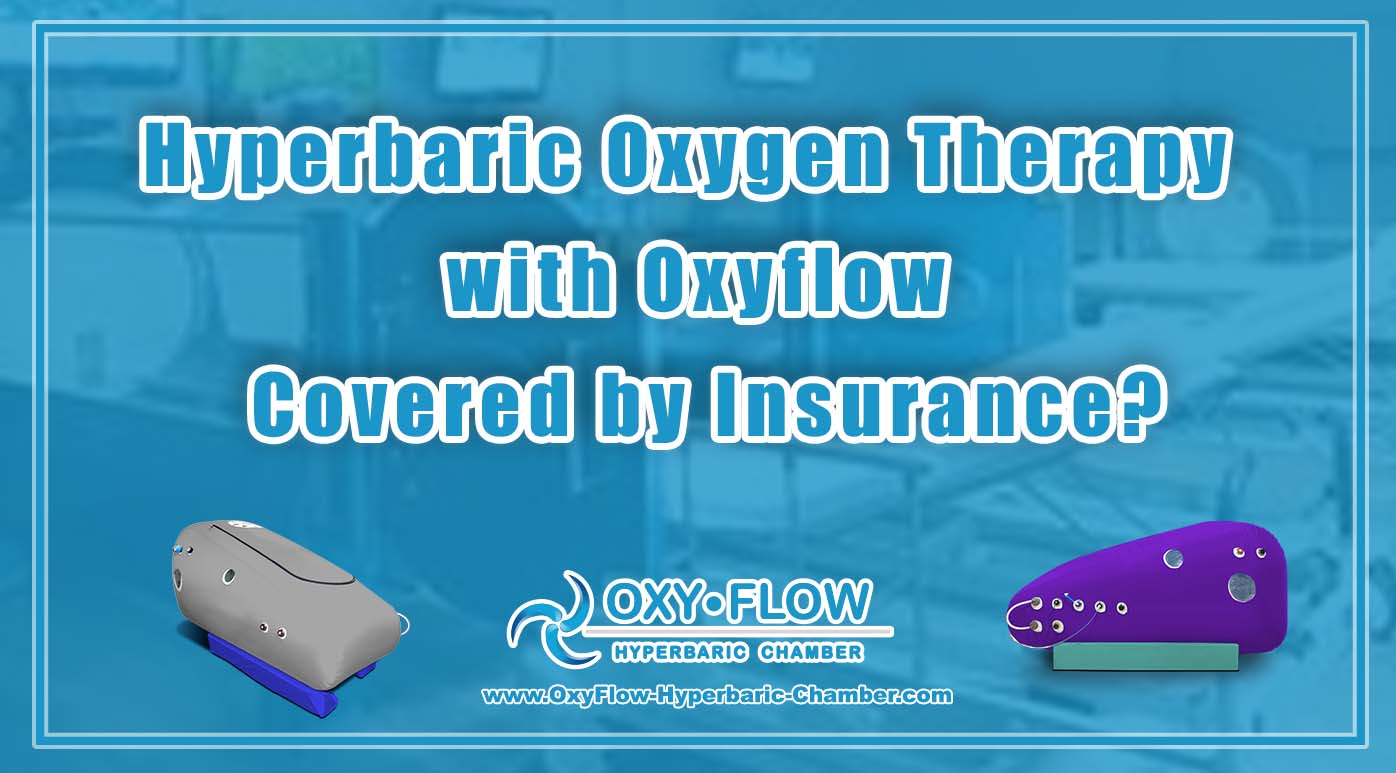© 2024 OxyRevive copyright all right reserved.
Menu
Hyperbaric Oxygen Therapy with Oxyflow Covered by Insurance?
Hyperbaric Oxygen Therapy with Oxyflow Covered by Insurance?

Introduction.
Hyperbaric Oxygen Therapy (HBOT) has emerged as a potential treatment for various medical conditions, but one common concern among individuals exploring this therapy is whether it’s covered by insurance. In this article, we will delve into the intricacies of insurance coverage for HBOT with Oxyflow and what individuals in the United States need to know about accessing this innovative treatment.
Understanding Hyperbaric Oxygen Therapy.
Before we explore insurance coverage, let’s gain a basic understanding of Hyperbaric Oxygen Therapy:
1. How HBOT Works.
HBOT involves the inhalation of pure oxygen within a pressurized chamber. This increased pressure allows the body to absorb higher levels of oxygen, promoting healing and tissue repair.
2. Medical Applications.
HBOT is employed as a complementary treatment for various medical conditions, including wound healing, decompression sickness, and certain infections.
Insurance Coverage for HBOT.
The extent of insurance coverage for HBOT with Oxyflow depends on several factors:
1. Medical Necessity.
Insurance providers typically consider covering HBOT when it is deemed medically necessary. This means that a healthcare professional must justify the therapy as a crucial component of your treatment plan.
2. Approved Indications.
Insurance companies often maintain a list of approved medical indications for HBOT. If your condition aligns with these approved uses, your chances of securing coverage increase.
3. Preauthorization.
To maximize your chances of insurance coverage, it’s vital to collaborate closely with your healthcare provider and insurance company to obtain preauthorization for HBOT. This process involves providing medical records and a treatment plan to substantiate the necessity of the therapy.
1. Diabetic Foot Ulcers.
HBOT has shown promise in aiding the healing of diabetic foot ulcers, and insurance coverage is more common for such cases.
2. Decompression Sickness.
HBOT is a standard treatment for decompression sickness, often covered by insurance.
3. Radiation Injury.
Certain radiation injuries, such as osteoradionecrosis, may be eligible for HBOT coverage.
Challenges in Obtaining Coverage.
Securing insurance coverage for HBOT can present challenges for several reasons:
1. Off-Label Uses.
If your medical condition falls under an off-label use of HBOT, obtaining coverage may be more difficult.
2. Insurance Plan Variations.
Insurance coverage for HBOT can vary significantly among different insurance plans and providers. What’s covered under one plan may not be covered under another.
Appealing a Denied Claim.
If your insurance denies coverage for HBOT, you have the option to appeal the decision. This process may entail providing additional medical documentation and collaborating closely with your healthcare provider.
Conclusion.
Insurance coverage for Hyperbaric Oxygen Therapy with Oxyflow depends on factors such as medical necessity, approved indications, and the specific terms of your insurance plan. If you’re considering HBOT as a treatment option, it’s crucial to engage with your healthcare provider and insurance company early in the process to gain a clear understanding of your coverage options and navigate any potential hurdles. While insurance coverage for HBOT can be complex, it may provide access to this innovative therapy for specific medical conditions, potentially offering hope and healing.
Ready for Hyperbaric Oxygen Chamber?
stay up to date with the latest news

